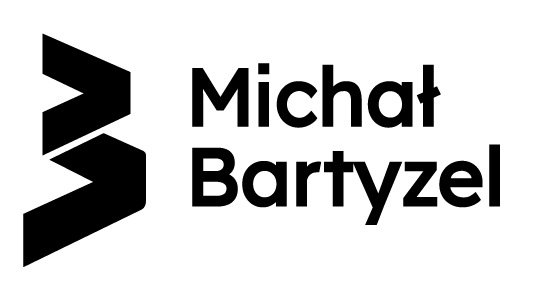So you're talking with a stakeholder about new backlog items. Which of the following questions you are going to ask:
- Do you want to add new items to the backlog?
- What of new items you want to add to the backlog?
- What of new features you're going to use next week?
You must always consider stakeholder answers as a result of your questions. So the better question you ask the better answer is given to you.
Choosing the first question: Do you want to add new items to the backlog? you indirectly define possible answers. These are: yes or no. Answering that question is not an effort, so your stakeholder will do it automaticly, without thinking a lot. One will take an answer form a buffer :)
I imagine every human being has a special area in its mind where all answers comes from. Stakeholder is trying to optimize energy when one is querying for the answer, so an 'answer area' is divided into two subareas: surface area and deep area.
The surface area I called a buffer of useless answers. When you ask the question a stakeholder tries to find an answer in this buffer first (to optimize its energy, of course).
The problem is what a buffer contains. Well, rubbishes in most cases: parts of memories, parts of conversations, random informations. A buffer of useless answers is like an uninitialized variable in C - it may contain anything :).
So, to get quality answers you have to drill deeper under the buffer of useless answers. How to do it? Well, ask a question with a suggestion where or how to seek an answer.
Consider the second question example: What of new items you want to add to the backlog? There is an assumption in the question: I know you want to add some items. A stakeholder is not instructed to take an answer from the predefined set of answers. Finally, one will make an effort querying a deep answer area, not a buffer of useless answers.
You may decide to drill even deeper. The third question example is: What of new features you're going to use next week?. Oh, yeah! A stakeholder's brain is red hot now. One was instructed to imagine oneself of act of using a software in the future. One tries to place priority features among the existing ones. Then one verify a usability of whole new mental model and then is ready to answer the asked question.
What questions you might to drill deeper?
